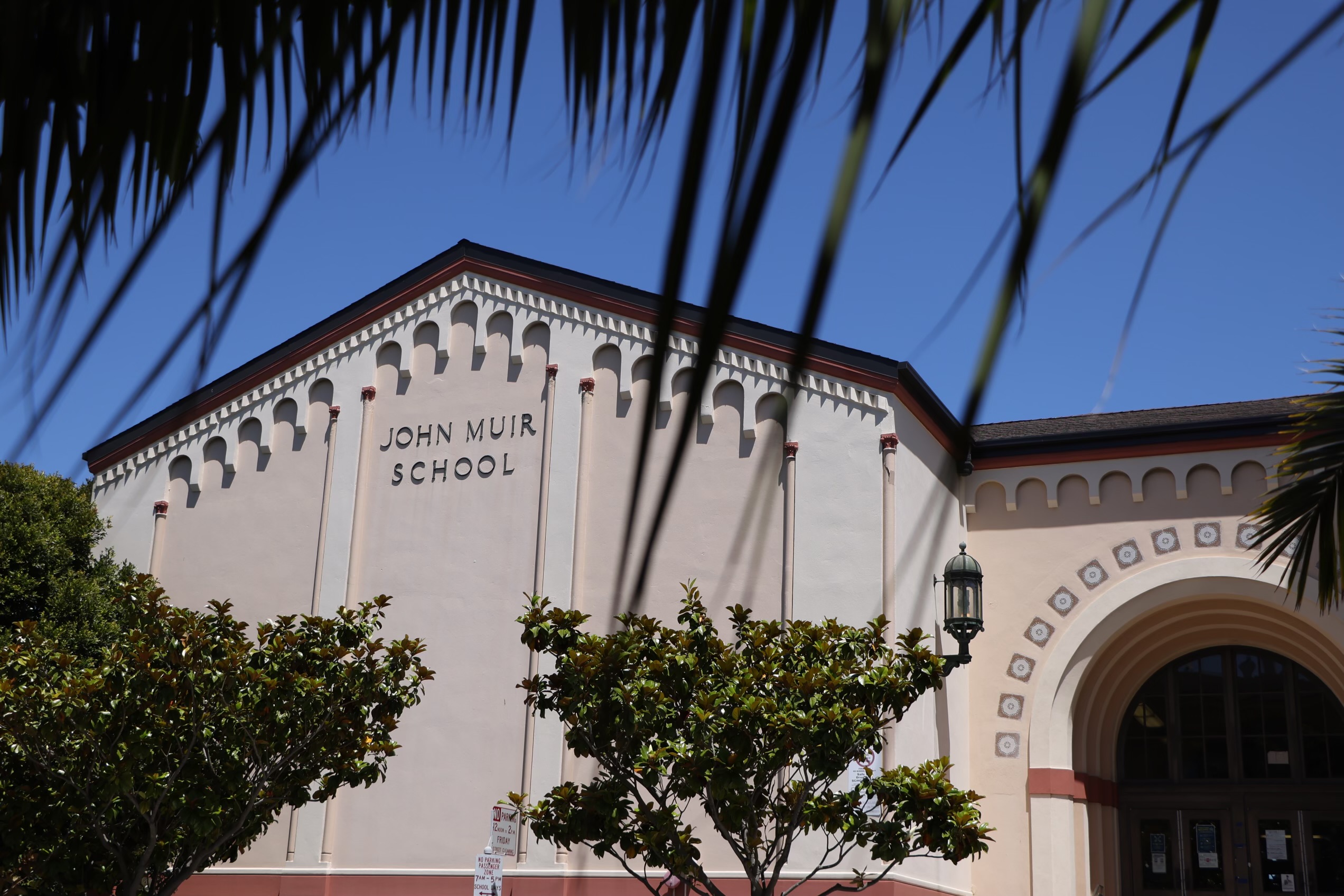In 2015, John Muir Elementary School tried something different to boost math scores: it asked students to solve a problem before teaching them how to do it.
After about four years of what’s known as Teaching Through Problem Solving, something remarkable happened. Test scores shot above district-wide averages.
Among Black and Hispanic students in the third through fifth grades, standardized math scores rose to just under 60% in 2018-19 compared to San Francisco Unified School District rates of 13% and about 30%, respectively, a Mills College study reported.
This was no privileged campus either. The Western Addition school in 2021 categorized 71% of students as socioeconomically disadvantaged, 12% homeless, 49% Hispanic, 25% Black, and 37% English learners.
“This is really rare to see this dramatic of a transformation in test scores over five years,” Board of Education Commissioner Matt Alexander, a former SFUSD principal, told The Standard. “They went deep on math but used a lot of the same techniques with literacy.”
It’s the kind of turnaround that could become a larger model as experts try to figure out how to help kids catch up after so many months of missing out on in-person learning during the pandemic.
Starting this fall, that template will expand to another three local campuses: Malcolm X Academy, Sanchez and Leonard R. Flynn elementary schools. SFUSD will receive $4 million over two years from the city to run the pilot, according to Alexander and Supervisor Hillary Ronen’s office.
In early August, educators at the four schools will begin collaborating on the expansion with collective professional development before the academic year begins.
Principal Sara Liebert was a teacher when the curriculum was introduced and is credited as being instrumental in scaling it up. Behavior management went from a predominant part of her day to minimal while staff retention grew, she said.
“You go to almost any student at John Muir and they’re all going to tell you they love math,” Liebert said. “They like coming to school, they feel confident. Seeing kids happy and learning is why I do this.”
What made that shift in curriculum possible was teachers teaching each other, Liebert, Ronen and Alexander all emphasized. They were given time to observe and learn from one another while the school invested in coaches.
“That this is a model that focuses so much on giving teachers what they need to succeed is why I think it’s so successful,” said Ronen, whose mother and sister are teachers. “We sort of leave them on their own to sink or swim. It’s about changing the way people are treated—from faculty to students in the classroom—and how they’re valued and paid attention to.”
John Muir—like the other three schools eager to adopt the pilot—fell under what’s known as the Beacon Initiative, which provided enrichment while educators underwent professional development, Alexander said.
As community schools, they are supplementally staffed by youth providers for added programs ranging from enrichment to social and behavioral services.
SFUSD received a $33.7 million state grant to sustain and expand the community school model over the next five years.
The pilot will also serve as a sort of prototype for the initiatives that can come out of the Student Success Charter, a ballot measure San Francisco voters will likely decide on come November.
The charter amendment would redirect $60 million in excess property tax revenue from the city’s general fund to school grants for academic achievement deployed by the Department of Children, Youth, and Their Families.
“It’s a living, breathing example of a strategy a community school can develop,” said Leslie Hu, an SFUSD community school coach and United Educators of San Francisco secretary. “There’s really real potential.”
